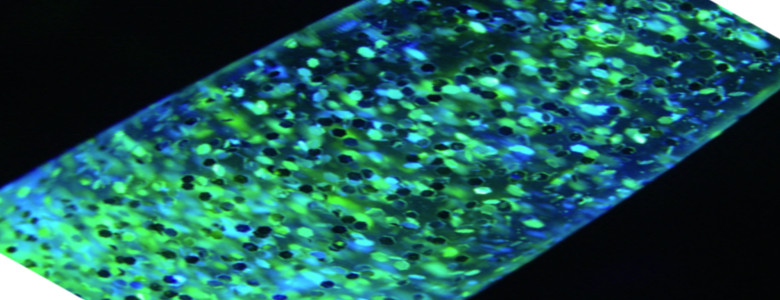
Ponente: Dr. Marek Grzelczak,
Procedencia: CIC bioma GUNE, España
Resumen:
Spurred by outstanding optical properties, metallic nanoparticles gain progressive attention as photocatalysts.1 The large absorption cross-sections and chemical stability allow metallic nanoparticles efficiently harvest light over the UV-Vis-NIR spectral range. The light, while interacting with metallic nanoparticles invokes the surface plasmon resonance that decaying provokes enhancement of the optical near field, generation of hot carriers, or increase local temperature.2 As a consequence, the rate of the chemical reactions increases with the proximity to particles surface independently on the mechanistic pathway.
We propose here the use of gold nanoparticles with multiple shapes (rods, cube, stars) and surface functionalization (Pd, Pt) toward photoregeneration of relevant biomolecules - cofactors, in particular, nicotinamide adenine dinucleotide - using visible and IR light.3 The photocatalytic activity depends not only on the degree of the shape anisotropy but also on the spatial distribution of co-catalyst on the particle surface. Plasmonic nanoparticles exhibit excellent activity either deposited in the form of plasmonic films on the glass substrate or distributed homogenously in the three-dimensional hydrogel matrix.
Viernes 13 hr
Auditorio del IF










